The content of the article
Amber is a beautiful gem that was formed over 50 million years ago. This is due to its relatively high cost. Real amber has a warm honey tint, although it can be black, whitish and even blue. Natural amber stones are the petrified resin of the oldest coniferous trees.
Where amber is used
Amber is widely used in jewelry. Not only jewelry is made from amber, but also purses, watches, cigarette cases, chess, caskets and other accessories. What is the famous amber room, which was decorated with amber panels, decorations and panels. The material is quite soft, so it requires special experience and skill of the master.
Jewelry waste (namely, amber chips and powder) is used in the chemical industry. Succinic acid, which is used in many areas of human life, is made from small particles of amber. For example, amber is used to prepare transparent varnish, which covers furniture, amber is a great bond for sandpaper. Amber varnish is used to coat wood to protect it from moisture and other external influences. This was especially used in the construction of ships. Now amber varnish is covered with expensive musical instruments to extend their service life.
Amber is often used in medicine. It inhibits the development of bacteria and blood clotting. Therefore, dishes and containers for operating rooms are prepared from it. In ancient times, amber was used to mummify bodies.
The main scope of modern amber is, of course, jewelry. But modern technologies for the production of artificial stones are so developed that it is quite difficult to distinguish real amber from cheap fake. What can be hidden under this noble name?
Amber Imitations
Here are some materials that can impersonate amber.
- Resin. Sometimes amber is given a simple resin of modern trees. Such a stone is slightly softer than natural amber. In addition, fresh resin emits a light coniferous smell; in amber this smell appears only when set on fire or under severe friction. If you look closely at the stone through the rays of sunlight, you will notice that natural amber has light wave-like blotches. This suggests that the stone was layered for centuries. Fresh resin, in turn, is usually uniform.
- Digging. Kopal is the same resin of coniferous trees, but not as ancient as amber. Kopalu is no more than one hundred thousand years old, while amber is millions of years old. With high-quality processing, digging is difficult to distinguish from amber, even by an experienced jeweler. However, there are still differences. Firstly, digging melts much easier than amber, but this method does not suit us - you have to spoil the product. If you heat a stone on fire, the digging will begin to emit an unpleasant medicinal smell. Amber will give you coniferous-clove aroma.
- Kauri. This is the name of the tree from which they make resin, similar to amber. With good processing, the resin is similar to amber products, although a little softer. Kauri is rarely given as amber in jewelry, but it is actively used in the furniture industry.
- Plastic. Artificial material can sometimes be well crafted and difficult to distinguish from amber in the photo. But you will understand where the natural stone is and where the cheap plastic is, as soon as you pick it up in your hands. Amber has weight, but plastic is practically weightless.
- Glass. Sometimes amber is given glass products. They practically do not differ in weight, and in appearance too. The only difference is hardness.If amber can be slightly scratched, making a scratch on the glass is much more difficult.
In addition, stones such as Bernite, Polyburn, Bakelite, Faturan, Celluloid, Casein, Ambroid, Polyester and even Acrylic can be given as amber. Experienced jewelers give artificial stones the physical and chemical properties of amber in order to sell it at the price of a solar stone. But be prepared for this test, because you are not going to buy cheap stuff at the price of real amber?
How to distinguish amber from a fake
If you have the opportunity, be sure to consult a specialist before buying, although sometimes an experienced craftsman will not be able to distinguish a real stone from a quality fake. Here are some simple ways to help you identify real amber on the counter.
- Look through the stone at the sunny color. Natural amber cannot have a uniform and even structure, without inclusions and internal smudges. Remember, a stone was formed for many years, can it be perfectly homogeneous?
- Real amber is quite light (unlike other artificial stones). Lighter than amber can only be plastic.
- Sometimes in the resin of a coniferous tree there are fragments of animal hair, insects, and other tiny particles. Often manufacturers use this technique by placing an insect inside an artificial resin. But pay attention to the body of an unfortunate midge or mosquito - if it is even, the wings are spread and arranged symmetrically - this is a fake. If the midge in the natural environment got into the resin, she probably tried to get out, the wings and limbs in this case are damaged. And a beautiful insect posing in front of you is a cheap and tasteless imitation.
- Pay attention to the bubbles inside the stone. If amber is natural, the bubbles have a spherical shape. That is, the material is so dense that the air does not tend to exit, but freezes at the smallest volume. But in the viscous structure of the resin, the air tends to the surface, and therefore freezes in an elongated form.
- The authenticity of amber can be determined using the following method. Prepare a supersaturated salt water in a glass of water. That is, add so much salt to the water so that it stops dissolving and settles in small crystals at the bottom. Dip amber into the salt water. If the stone is real, it will float to the surface, if artificial, it will certainly sink to the bottom. However, this method is suitable only for clean stone, without a rim. That is, if you have an amber ring, it is useless to check it, since the severity of the metal frame will still pull it down. Sometimes it happens that the beads, dipped in salt water, freeze in the middle. How is this possible? In such cases, it is advised to dissolve the beads. Here everything becomes clear - some beads remain on the surface, while others hopelessly fall to the bottom. I wonder why, then, amber does not float on the surface in the Baltic Sea, because there is so much of it at the bottom? And all because the water there is not salty, that precious stones do not emerge. It’s for the better - we will preserve the beauty and wealth for future generations ...
- In the store, amber can be checked as follows. Rub it on wool or hair. A real stone will begin to become electrified and attract small pieces of paper and hair. Kopal and other resins do not have this property.
- If you have an ultraviolet lamp, you can check the authenticity of the stones with it. To do this, look at the light through the alleged amber. Natural stone will shimmer with blue and green colors. Artificial stone will not give any reaction.
- If all methods have been tried, you can resort to extreme methods. To do this, turn the product over and try to cut a piece of stone from the inside. Natural amber will crumble, you will not be able to make shavings. But the artificial resin will certainly curl into twisted shavings.
- If you have acetone or just nail polish remover, use it to find the truth. Dampen a cotton shelf in the liquid and swipe the product. If you dig, kauri or other young resin in front of you, a trace will remain on the stone. But there will be no stain on natural amber.
Knowing these simple methods, you will not allow yourself to be deceived.
Amber has long been famous not only for its beauty, but also for its mystical properties. Ancient warriors carved beads from stone and certainly wore them on a campaign to return home unscathed. At birth, the child was given an amber stone with a recess - it was believed that an ancient spirit lived in it that would protect the baby. Take care of family amber values, perhaps they preserve peace of mind and homeliness.
Video: how to distinguish natural amber from pressed

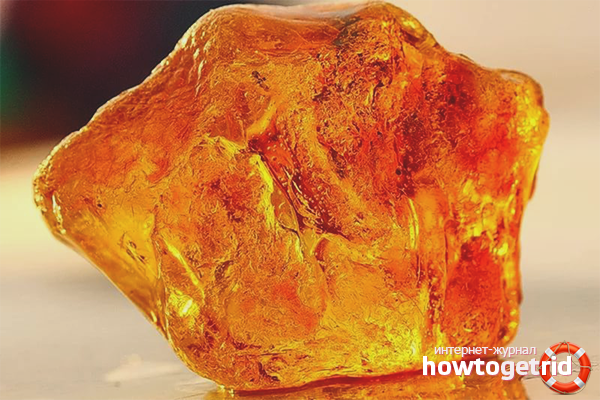
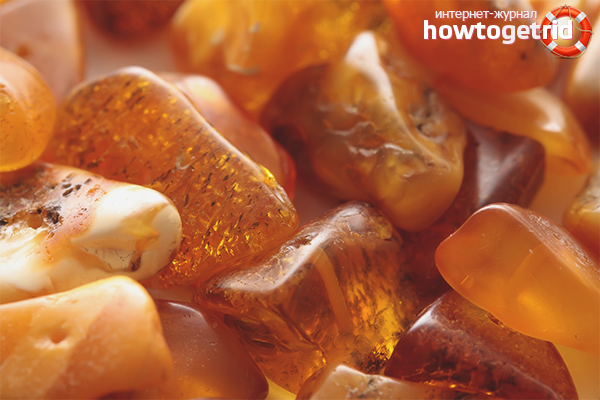

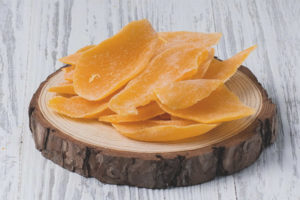
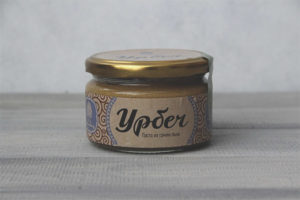
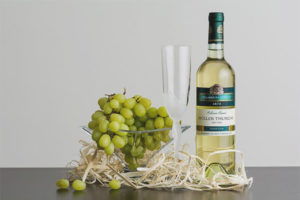
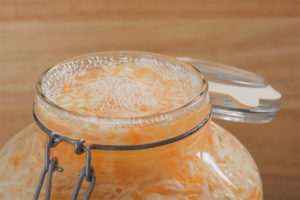
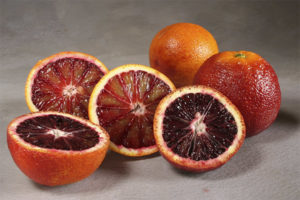


Submit